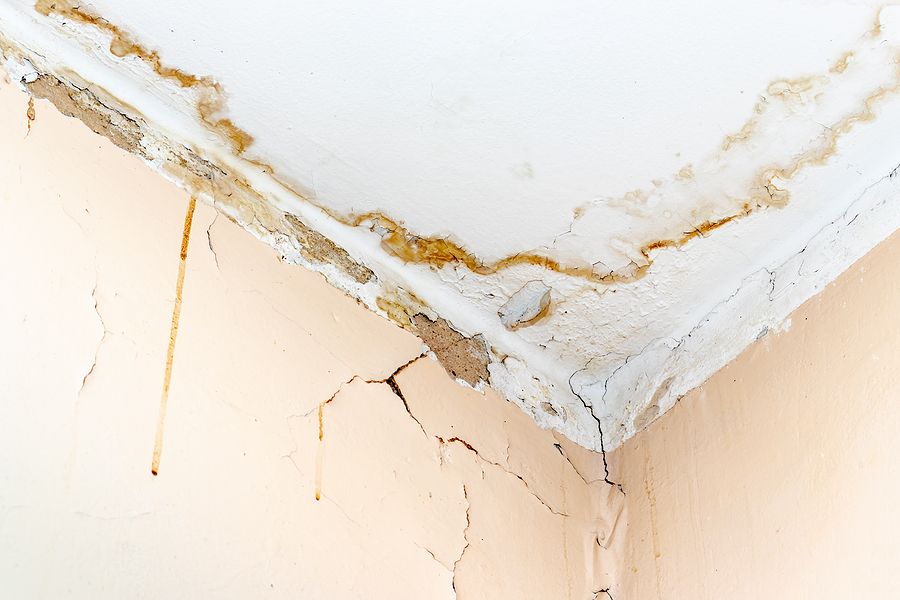What're your thoughts on Most Common Causes of Leaky Pipes?

Leakages not only trigger waste of water yet can also trigger unneeded damage to your house as well as advertise undesirable organic development. Water leakages could go unnoticed since most of the pipework in our home is concealed. By understanding as well as looking for day-to-day situations that create leakages, you can safeguard your residence from future leaks as well as unneeded damages. Today, we will take a look at 6 leak creates that may be creating your pipelines to leak.
Elbowing in roots
The majority of water leaks begin outside the house instead than inside it. You may see wet spots or sinkholes in your lawn, and also that might suggest that tree origins are getting into water lines triggering water to permeate out.
Corroded water systems
As time passes by, your plumbing system ages and corrosion such as corrosion may start eating away the pipes. This might be the source of staining or bending on your water pipes. This asks for an assessment with your plumber quickly. If our plumbing system is old, consider replacing the pipelines considering that they go to a greater danger of corrosion than the more recent designs.
Defective Pipeline Joints
The factor at which your pipes connect is regularly the weakest web link in the waterline. Pipe joints can weaken with time, causing water leaks. The majority of pipe joints are not quickly noticeable. If you have noisy pipes that make ticking or banging sounds, particularly when the warm water is switched on, your pipeline joints are probably under a great deal of pressure. It is advisable to have your plumber evaluate your system once a year.
Instantaneous temperature level modifications.
Severe temperature level adjustments in our pipelines can create them to expand as well as get suddenly. This expansion and tightening may trigger splits in the pipes, specifically if the temperature are below freezing. It would be best if you watched on exactly how your plumbing functions. The visibility of the previously pointed out circumstances often indicates a high danger.
Poor Water Connectors
At times, a leak can be caused by loosened hose pipes and also pipelines that provide your home appliances. In case of a water connections leak, you might discover water running straight from the supply line or puddles around your home appliances.
Blocked Drains
Clogged drains could be annoying and inconveniencing, but they can sometimes end up creating an overflow bring about burst pipelines. Keep getting rid of any type of products that might go down your drains that could block them to avoid such troubles.
All the above are root causes of leaks however not all water leakages arise from plumbing leakages; some leakages may originate from roofing system leakages. All leakages ought to be fixed promptly to prevent water damages.
Leakages not only create waste of water but can additionally trigger unnecessary damage to your residence as well as advertise unwanted organic growth. By looking and understanding for daily situations that cause leakages, you can protect your residence from future leakages and unnecessary damage. Today, we will certainly look at six leakage causes that might be triggering your pipelines to drip.
At times, a leak can be triggered by loosened hoses and also pipes that supply your appliances. In case of a water links leak, you may observe water running straight from the supply line or puddles around your home appliances.
How To Check For Water Leak In Your Home
How To Check for Leaks
The average household's leaks can account for nearly 10,000 gallons of water wasted every year and ten percent of homes have leaks that waste 90 gallons or more per day. Common types of leaks found in the home are worn toilet flappers, dripping faucets, and other leaking valves. These types of leaks are often easy to fix, requiring only a few tools and hardware that can pay for themselves in water savings. Fixing easily corrected household water leaks can save homeowners about 10 percent on their water bills.
To check for leaks in your home, you first need to determine whether you're wasting water and then identify the source of the leak. Here are some tips for finding leaks:
Take a look at your water usage during a colder month, such as January or February. If a family of four exceeds 12,000 gallons per month, there are serious leaks.
Check your water meter before and after a two-hour period when no water is being used. If the meter changes at all, you probably have a leak.
Identify toilet leaks by placing a drop of food coloring in the toilet tank. If any color shows up in the bowl after 10 minutes, you have a leak. (Be sure to flush immediately after the experiment to avoid staining the tank.)
Examine faucet gaskets and pipe fittings for any water on the outside of the pipe to check for surface leaks.
Undetected water leaks can happen without the home or business owner even realizing. If you suspect a water leak, but not able to find the source. It is time to contact a professional water leak detection service, The Leak Doctor.
How To Find a Water Leak In Your Home
https://www.leakdoctor.com/blog/How-To-Check-For-Water-Leak-In-Your-Home_AE197.html

I'm very fascinated by How to detect water leaks in your home and I really hope you enjoyed reading my article. Kindly take a moment to promote this article if you appreciated it. I appreciate reading our article about How to Find Water Leaks.
Trusted by locals for emergencies.